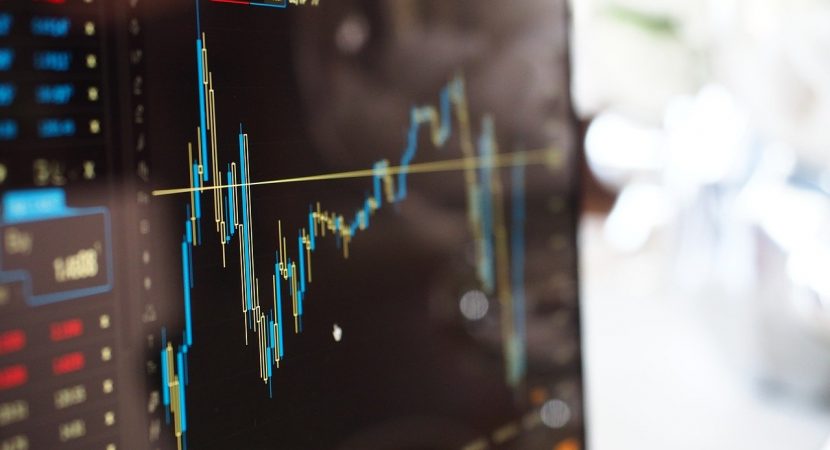How do you invest in the stock market? You get a piece of the pie, even if at times it can feel like you’re trying your luck on a new casino that’s just come online and is accepting new players.
The pie itself, as you know, is the stock market. Yes, that pie is actually an allocation between owning things, and in particular owning things on the stock market. In the equity market the pie is sliced up, however. The slices are interest rates, the Dow Jones, the most profitable companies in the market, and lots of other stuff.
Interest rates, interest rates and more interest rates. Interest rates are what the market doesn’t get to control. They don’t control the growth of the market. They don’t control interest rates on capital or debt, or how many companies can take debt or invest it in the stock market.
It’s actually quite a bit like I pointed out in the last blog about dividend stocks and interest rates. Even if you had huge sums of money to invest, and you had unlimited funds and didn’t pay any interest on the capital you invested, you would still be buying interest yielding stocks because your investment is yielding the most interest on capital out of the market. The pie being sliced is the interest rates of capital and debt and leverage. If you can borrow at 4% to invest, you’re paying 4% in interest on that borrowed money.
In addition, just owning stocks doesn’t always mean paying 5% in interest on a bond. The best stocks also happen to be paying 5% or more in dividend yield. Even if the bond pays 7%, the stock pays 7% or more in dividend yield. That’s quite good.
Back to the pie, because we really are comparing apples and oranges.
If you have $1,000 of capital, $1,000 of stock, you want a 10% rate of return on that. That means it’s $600 interest, $500 earnings and $600 profit. That’s roughly like a bond paying 7% interest. The math is a little bit different but the essence of it is.
Another angle to the pie. You might just be buying stocks and maybe they cost 2%, and the stocks do cost that much, but they could cost 1.5%, they might cost 3% or more. The way the pie works is that you buy a piece of the pie. You don’t get to choose your piece, and you don’t get to get that piece as a capital investment. If you are the greatest stock picker and you buy all the great stock in the market, you will be earning far more than the 2% interest rate on the 2% worth of capital invested.
That, then, becomes your gain as a stock market investor. That is what you get as a stock market investor. That profit and gain becomes the pie, and it doesn’t look like the pie is necessarily growing. That pie doesn’t look like it’s getting bigger either. The pie is actually shrinking if you buy stocks because you are buying more and more of the pie as you continue to buy more and more of the pie as you continue to buy more and more of the market.


